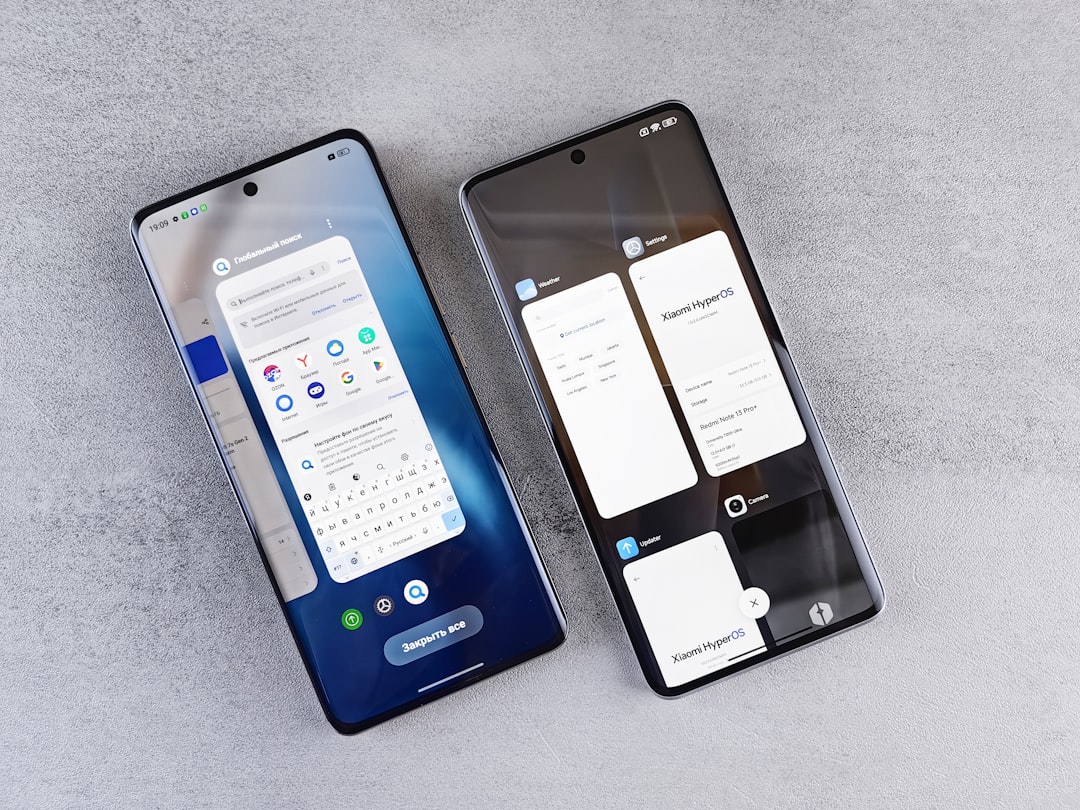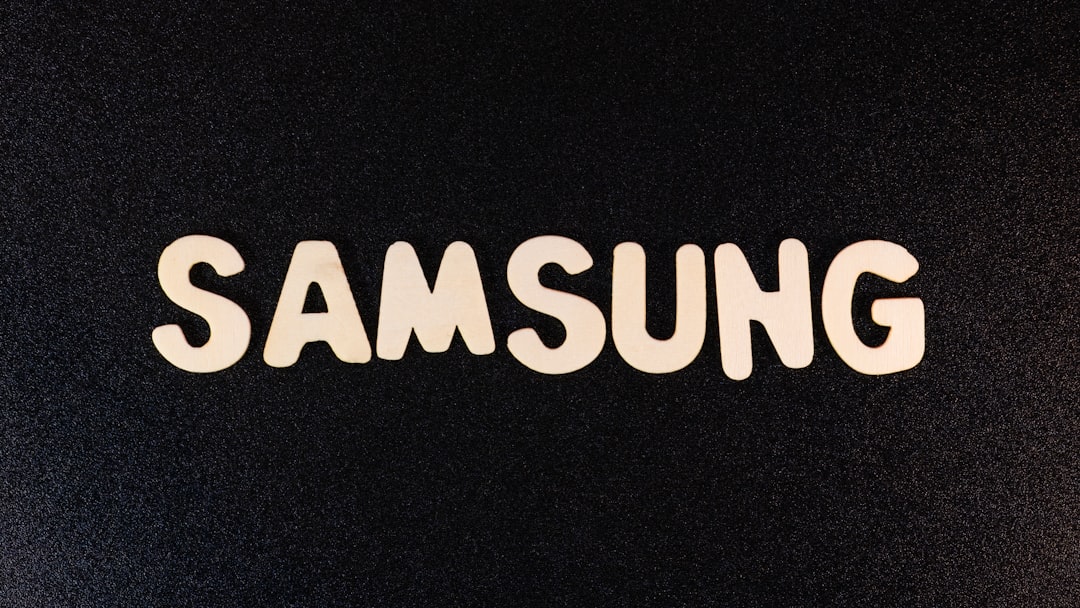Smartphone manufacturers continually strive to outdo their previous offerings, even if the changes are subtle. This has become especially apparent with the release of the Samsung Galaxy A15 5G, which aims to improve upon the already well-received Galaxy A14 5G. At first glance, the differences between the two may seem minor, but a closer examination reveals some noteworthy enhancements that could sway potential buyers in favor of the newer model.
Design and Build: Familiar But Refined
The Galaxy A15 5G and A14 5G share a similar aesthetic that aligns with Samsung’s design philosophy for budget-friendly devices. Both feature a minimalist, clean look with a triple-camera system arranged vertically. Yet, the A15 introduces subtle tweaks that make it stand out just a bit more.
- Build Quality: Both models are made predominantly from plastic, but the A15 5G feels slightly more premium due to a flatter frame and more ergonomic build.
- Color Options: Samsung diversified the color palette on the A15 5G, offering vibrant choices compared to the more subdued tones in the A14 5G.

While these changes might not jump out at casual users, they help deliver a more refined user experience that Samsung enthusiasts will appreciate.
Display: A Noticeable Step Up
One of the most prominent areas where the A15 5G edges out its predecessor is in the display department. The A14 5G was already a capable device in this regard, but Samsung has clearly aimed to enhance visual quality in its successor.
- Display Type: The A14 5G comes with a PLS LCD screen, whereas the A15 5G features a Super AMOLED display. This upgrade drastically improves contrast, color richness, and viewing angles.
- Brightness: The A15 5G offers a peak brightness of up to 800 nits, making it more readable in direct sunlight compared to the slightly dimmer A14 5G.
- Refresh Rate: Both phones support a 90Hz refresh rate, which ensures smoother scrolling and transitions, especially during gaming or multimedia use.
- Size and Resolution: Both phones maintain a 6.5-inch panel with a 1080 x 2400 resolution, giving the A15 5G an edge due to the AMOLED tech alone.
For users who consume a lot of media or simply prefer vibrant visuals, the A15 5G clearly provides a better viewing experience.
Performance: Slight Yet Meaningful Improvements
On paper, the processing capabilities of both the A14 5G and A15 5G may seem comparable. However, nuances in their internal hardware result in noticeable performance differences under day-to-day usage.
- Processor: Depending on the region, the A14 5G is powered by the Exynos 1330 or MediaTek Dimensity 700. The A15 5G standardizes its processing with the improved MediaTek Dimensity 6100+ chipset, which offers better efficiency and consistent performance.
- RAM and Storage: Both models come with 4GB or 6GB RAM options and up to 128GB storage. But the A15 5G supports UFS 2.2 storage technology, providing faster read/write speeds compared to UFS 2.1 in the A14 5G.
- Software Optimization: Shipping with Android 14 out of the box, the A15 5G benefits from a more streamlined One UI experience that’s better optimized for newer hardware and future updates.
While casual users may not feel the leap in performance immediately, gamers and multitaskers will likely appreciate the smoother, more responsive experience provided by the A15 5G.
Camera Capabilities: Minor Changes, Better Results
Samsung didn’t shake things up drastically in the camera department. Both phones carry a similar triple-camera arrangement on the back and a standard selfie shooter up front. However, a few tweaks enhance the photography experience on the A15 5G.
- Main Sensor: A 50MP main sensor is retained in both models, but the A15 5G benefits from slightly better post-processing and low-light algorithms, resulting in clearer, better-exposed shots.
- Supporting Cameras: Both devices offer a 2MP macro lens and a depth sensor. These are functional, though not standout features.
- Front Camera: The selfie camera on the A15 5G is slightly better tuned for color accuracy and dynamic range, though the actual sensor remains the same at 13MP.

For photography enthusiasts on a budget, the A15 5G offers a slightly more reliable and consistent experience overall, especially when taking photos in challenging lighting conditions.
Battery Life and Charging: Faster and Smarter
Battery technology is one of the less discussed but highly crucial aspects of smartphone upgrades. Fortunately, with the A15 5G, Samsung has made an improvement that could make a tangible difference in everyday use.
- Battery Size: Both phones come equipped with a 5000mAh battery, ample enough for day-long use.
- Charging Speed: This is where the A15 5G pulls ahead. Unlike the A14 5G’s 15W charging, the A15 5G supports up to 25W fast charging, significantly reducing the time it takes to power up the device.
In a time when fast charging is no longer a premium feature, this enhancement aligns the A15 5G with industry standards for mid-range smartphones.
Software Support and Longevity
One of the most significant, yet often overlooked upgrade points is software promise and support. As customer demand for longevity in devices grows, manufacturers strive to extend update cycles.
- Software Version: The A14 5G launched with Android 13, whereas the A15 5G gets the advantage of Android 14 out of the box.
- Update Policy: Samsung is offering a more generous update window with the A15 5G—up to four years of security updates and two years of OS upgrades, extending its longevity and relevance in a fast-moving market.
This improved software support makes the A15 5G a more future-proof investment for users who don’t upgrade often.
Final Verdict: Is the A15 5G Worth the Upgrade?
The Galaxy A14 5G was a solid entry-level 5G smartphone when it launched, offering great value for money. However, the Galaxy A15 5G brings enough incremental improvements across several key areas to make it a compelling step-up—especially for new buyers or those looking to replace older A-series models.
Key reasons to consider upgrading:
- Super AMOLED Display for richer visuals
- Faster charging with 25W support
- More optimized software and longer support cycle
- Slight but meaningful boosts in performance
However, if you’re already using an A14 5G and are satisfied with its performance, the A15 5G may not be a must-upgrade. It’s more evolutionary than revolutionary, tailored more for first-time buyers or users of older A-series models.

In conclusion, the A15 5G exemplifies Samsung’s thoughtful approach to refining its budget lineup. While not groundbreaking, its improvements are well-placed and significant enough to offer a noticeably better user experience overall—making it a strong candidate among affordable 5G smartphones.
I’m Sophia, a front-end developer with a passion for JavaScript frameworks. I enjoy sharing tips and tricks for modern web development.
